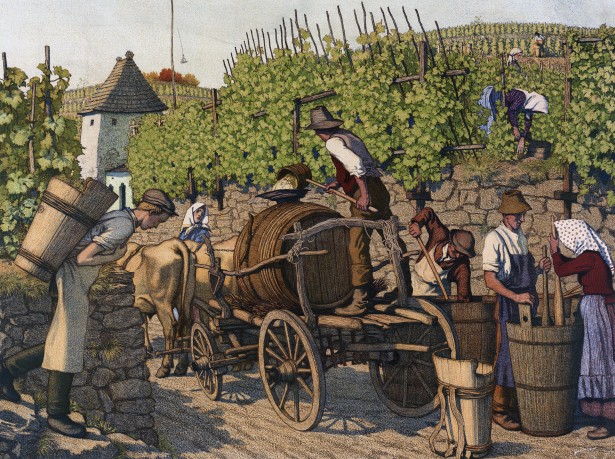Harvest. It may well be the biggest, sexiest and most emblematic time of the year for a winery. And that means enormous opportunities for smart PR programs.
Wineries are farmers, right? Your product has spent a year growing and maturing and now at its peak is being brought to the winery to be transformed. These are enticing thoughts. The magic of ripe grapes in all their different colors and shapes and smells. When were the grapes picked? At night? Into small lug bins or bigger gondolas? The appeal of funky old trucks or the gleam of new huge shiny trucks….
Then of course, there the many ways grapes are sorted and crushed—whether with state-of-the-art optical scanners or by hand, by people. There’s the smell of the must in the air; what happens to that must at your winery? Does it go back into the vineyard? Is juice being separated by vineyard block? Yeast? Leaving juice on the skins? And so unfurl all of the nuances of winemaking!
Using the harvest season as content for PR is almost Rule #1 in our world. You need to figure out to take advantage of what you’re already doing in a way which will attract attention from new eyeballs and build on your relationships with media and customers who already know about you. Maybe you have new varietals you’re crushing this year? Maybe you have new equipment on the crushpad? Maybe you’re sticking with what you’ve done for 20 years—and you know why it works!
So what can you DO? Here are some ideas:
- Bring fresh grapes into the tasting room for guests to try
- Bring fresh juice into the tasting room
- Have a grape stomping party or offer grape stomping as a part of the winery visit
- Post lots of details and photos on your social media outlets
- Use harvest as a theme for a sales eblast
- Offer a morning of grape picking as a raffle prize for club members
- Offer to include guests or customers in harvest crew lunches or dinners
- Shine a light on any traditions at your winery—-maybe it’s what’s served at pre-harvest or post-harvest celebration dinner (in the Champagne region there’s a specific stew)
- Does your winery make tshirts each year for the harvest crew?
- In general, take lots of photos and video if you can; this will be great material to pull from throughout the year. Even better—put those photos into a weekly harvest album or journal which you can send to your mailing list customers and keep on your website
- Also very important: keep very precise statistics so you are a credible source about this year’s harvest versus last
- Most important of all: identify what is unique to your winery at harvest time and make sure to share that message in all of your materials and outreach.
Happy crush!
Image credit publicdomainpictures.net, Karen Arnold

